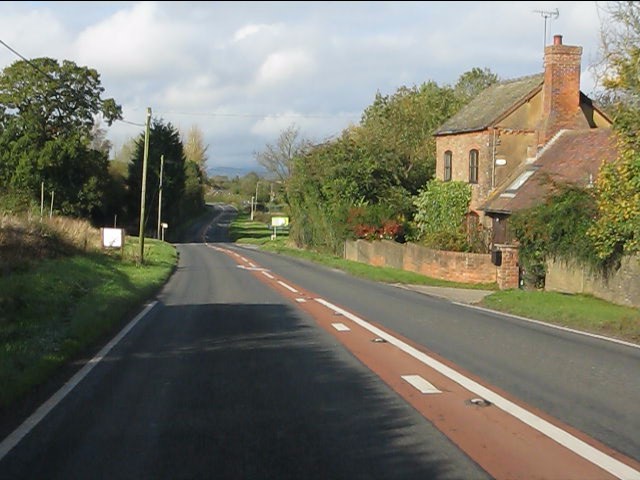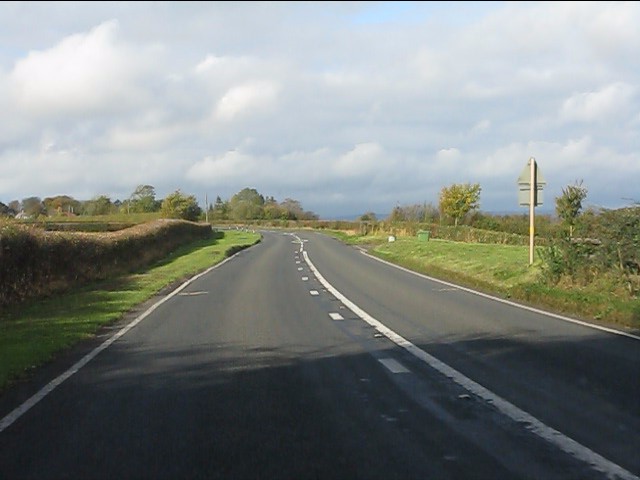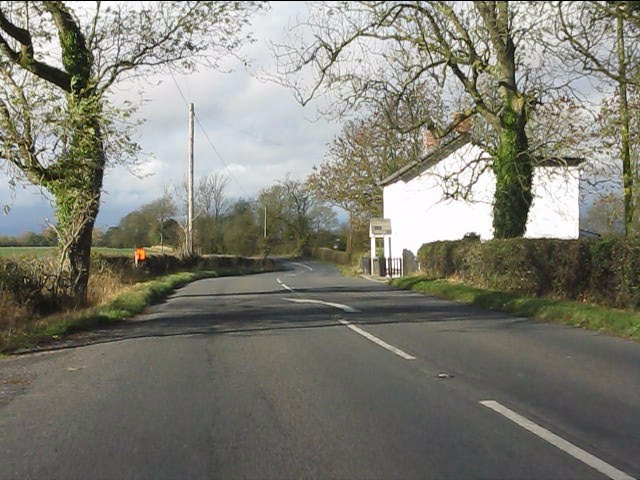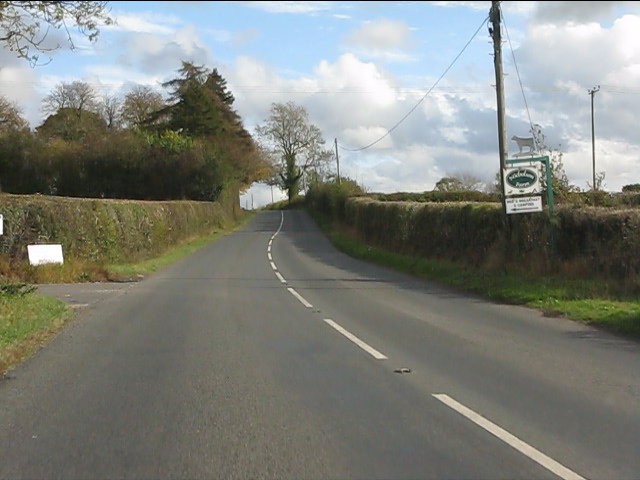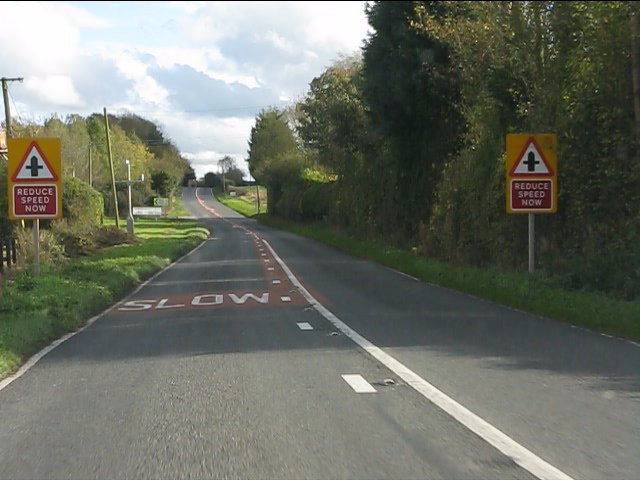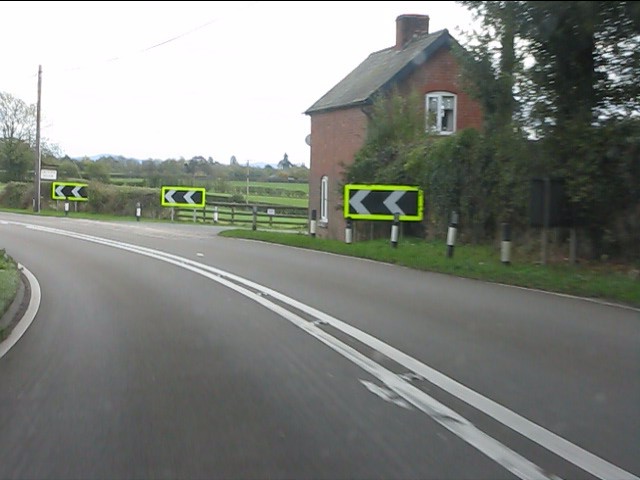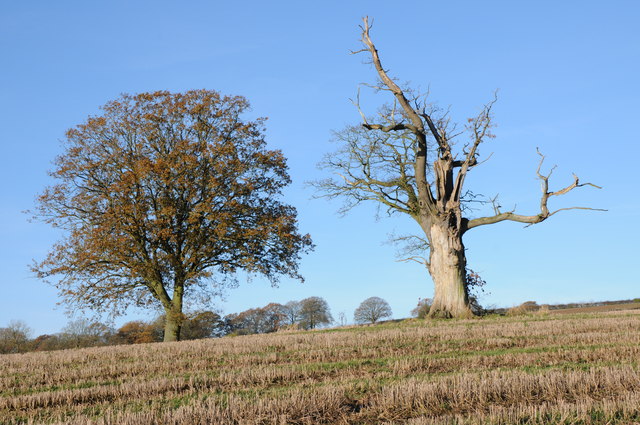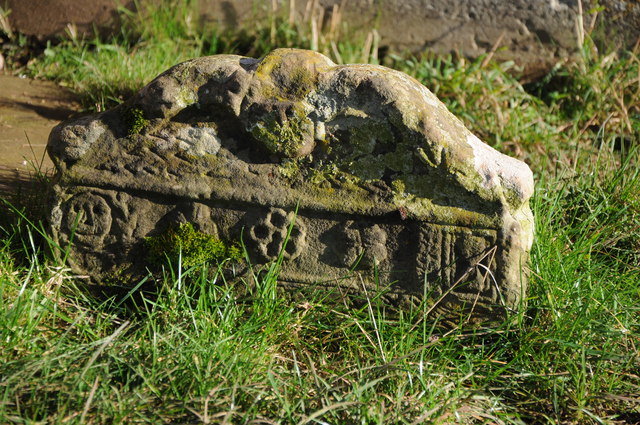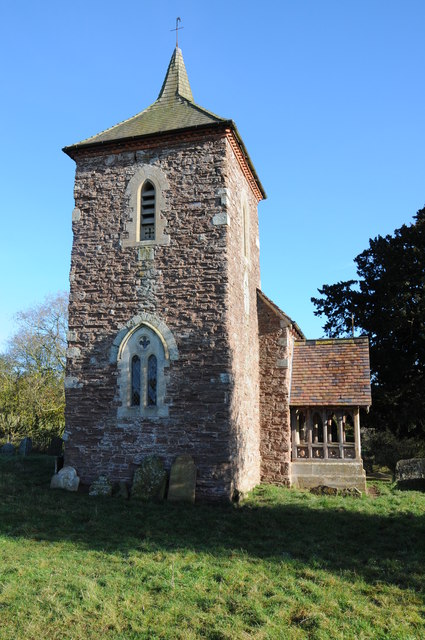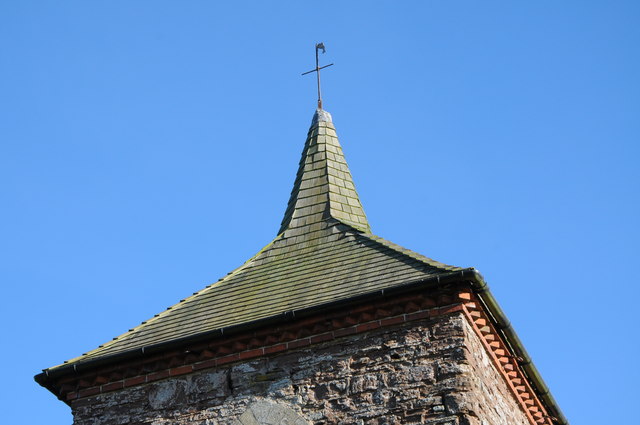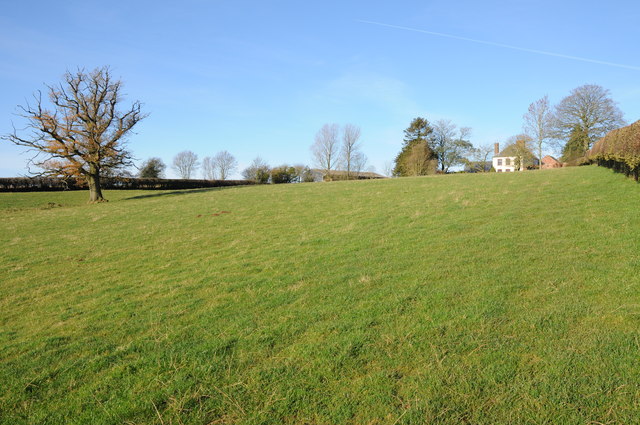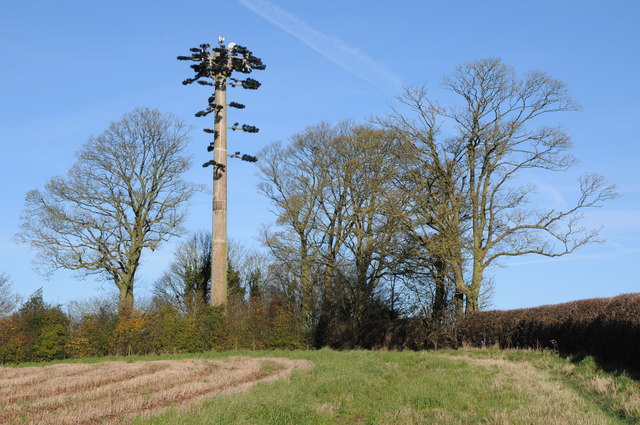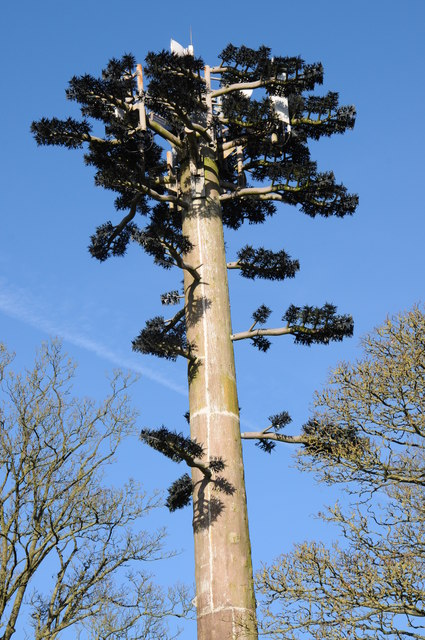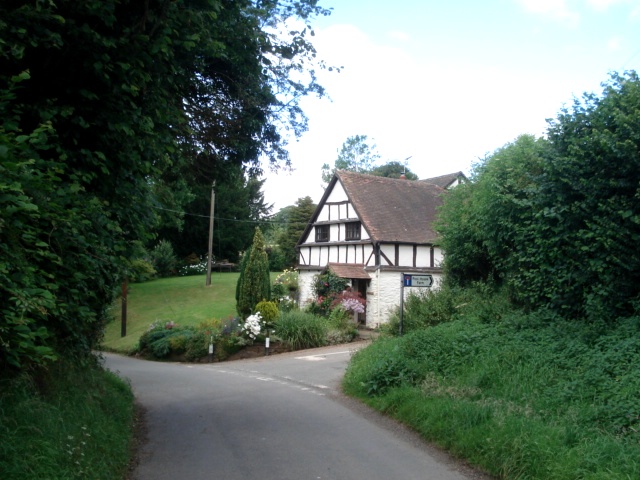Grendon Green
Hill, Mountain in Herefordshire
England
Grendon Green
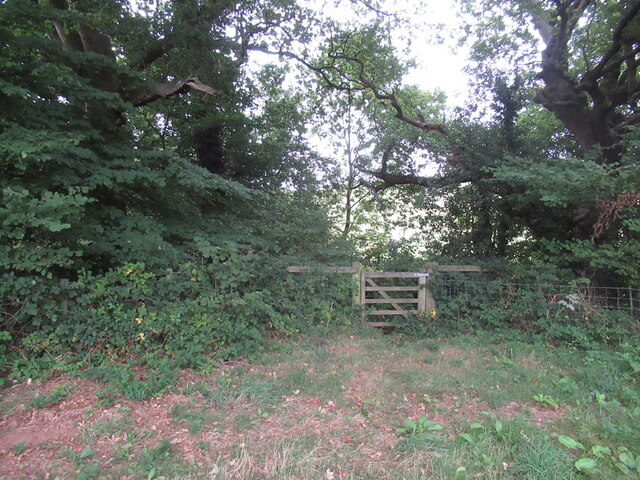
Grendon Green is a small village located in the county of Herefordshire, England. Situated in the western part of the county, it falls within the parish of Grendon Bishop. This rural village is nestled amidst the picturesque countryside and is known for its hilly and mountainous terrain.
The village is surrounded by rolling green hills, providing stunning panoramic views of the Herefordshire countryside. These hills offer a range of outdoor activities, making Grendon Green a popular destination for hikers, walkers, and nature enthusiasts. The area is crisscrossed with footpaths and trails, allowing visitors to explore the beautiful landscape and discover hidden gems along the way.
At the heart of Grendon Green, there is a close-knit community with a handful of residential properties and a small number of local amenities. The village is characterized by its peaceful and idyllic atmosphere, making it an ideal place for those seeking tranquility and a break from the hustle and bustle of city life.
Grendon Green is conveniently located near the larger towns of Hereford and Leominster, which offer a wider range of services, including shops, schools, and healthcare facilities. The village is well-connected to the surrounding areas by road, with regular bus services providing access to nearby towns and villages.
In summary, Grendon Green is a charming village in Herefordshire, renowned for its hilly and mountainous landscape. It offers a peaceful and scenic retreat for outdoor enthusiasts, while still providing easy access to nearby amenities and towns.
If you have any feedback on the listing, please let us know in the comments section below.
Grendon Green Images
Images are sourced within 2km of 52.213267/-2.5883292 or Grid Reference SO5957. Thanks to Geograph Open Source API. All images are credited.
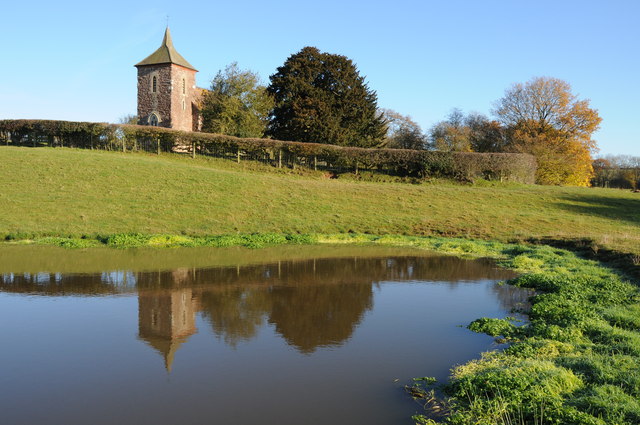
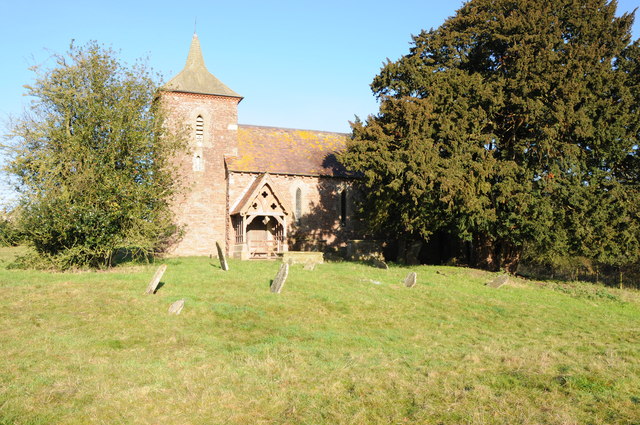
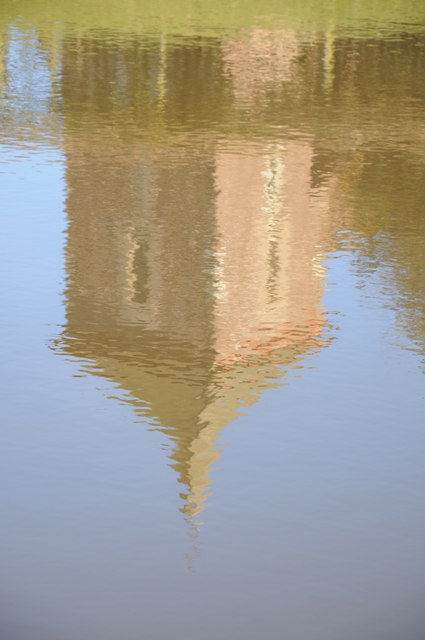
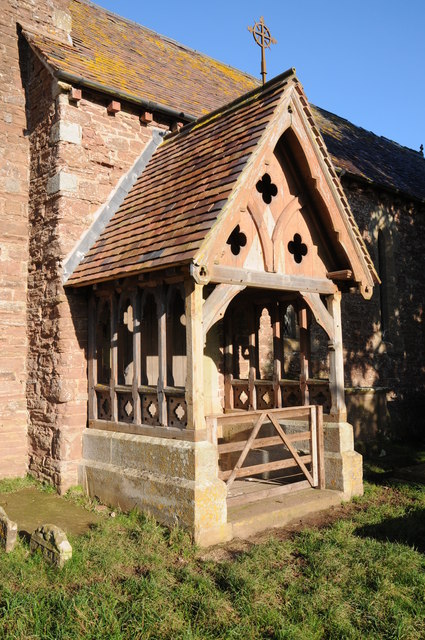
Grendon Green is located at Grid Ref: SO5957 (Lat: 52.213267, Lng: -2.5883292)
Unitary Authority: County of Herefordshire
Police Authority: West Mercia
What 3 Words
///twitchy.caressing.fillers. Near Wacton, Herefordshire
Nearby Locations
Related Wikis
Grendon Bishop
Grendon Bishop is a civil parish in the county of Herefordshire, England. == History == According to A Dictionary of British Place Names Grendon derives...
Bredenbury
Bredenbury is a village and civil parish in Herefordshire, England. It is located 12.5 miles (20.1 km) northeast of Hereford. The village lies on the A44...
Fencote railway station
Fencote railway station was a railway station on the Worcester, Bromyard and Leominster Railway in Hatfield and Newhampton, Herefordshire, England. �...
Wacton, Herefordshire
Wacton is a small village and civil parish in the county of Herefordshire, England, and 5 miles (8 km) north-west from Bromyard. In a field are remains...
Hatfield, Herefordshire
Hatfield is a village and former civil parish, now in the parish of Hatfield and Newhampton, in the county of Herefordshire, England. In 1961 the parish...
Hatfield and Newhampton
Hatfield and Newhampton is a civil parish in the county of Herefordshire, England, and is 11 miles (18 km) north from the city and county town of Hereford...
Rowden Mill railway station
Rowden Mill railway station was a railway station located on the Worcester, Bromyard and Leominster Railway in England. == Opening == Opened as part of...
Thornbury, Herefordshire
Thornbury is a village in Herefordshire, England, 5.5 km (3.4 mi) north of the town of Bromyard. The population of the village as taken at the 2011 census...
Nearby Amenities
Located within 500m of 52.213267,-2.5883292Have you been to Grendon Green?
Leave your review of Grendon Green below (or comments, questions and feedback).
